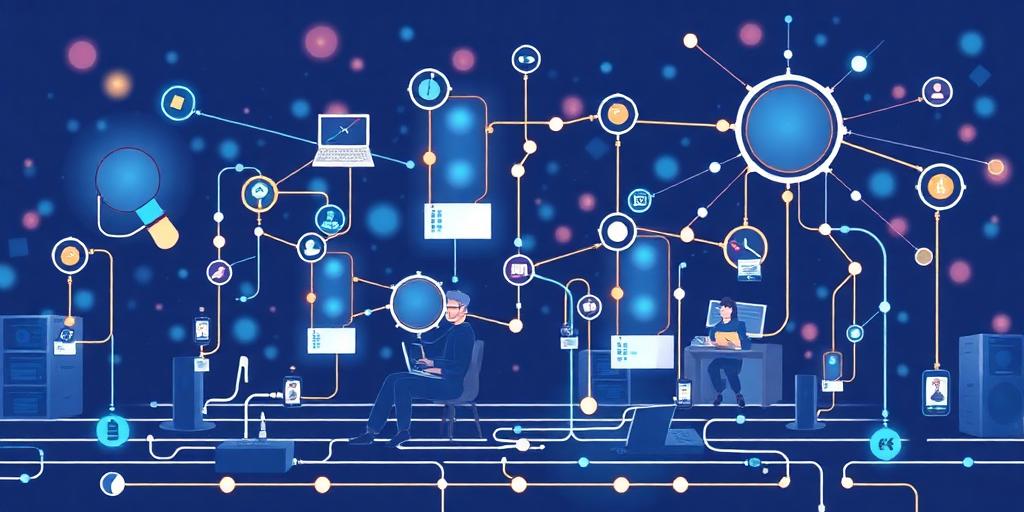The Gig Economy and Tech: A Symbiotic Relationship?
The gig economy, characterized by short-term contracts and freelance work, has experienced explosive growth in recent years. This surge is inextricably linked to advancements in technology, which serve as both the backbone and the engine of this evolving labor market. In this post, we will explore the symbiotic relationship between the gig economy and technology, examining how tech enables the gig economy and, in turn, how the gig economy drives technological innovation.
How Technology Powers the Gig Economy
- Platforms and Marketplaces: The most visible aspect of technology's role is the proliferation of online platforms and marketplaces. Companies like Uber, Lyft, DoorDash, Upwork, and Fiverr connect gig workers with clients or customers. These platforms provide the infrastructure for matching supply and demand, managing payments, and facilitating communication.
- Mobile Technology: Smartphones and mobile internet access have made it easier than ever for workers to find and accept gigs on the go. Mobile apps provide real-time notifications, location-based services, and instant communication, enabling workers to be more flexible and responsive.
- Cloud Computing: Cloud-based tools and services enable gig workers to access the resources they need from anywhere. Whether it's accessing documents, collaborating on projects, or using specialized software, cloud computing provides the scalability and accessibility required for gig work.
- Communication and Collaboration Tools: Effective communication is essential in the gig economy. Tools like Slack, Zoom, and Google Workspace facilitate collaboration among remote teams, ensuring that projects stay on track and clients remain informed.
- Payment Processing: Secure and efficient payment systems are crucial for the gig economy. Platforms like PayPal, Stripe, and direct deposit services allow for quick and reliable payment processing, reducing friction for both workers and clients.
How the Gig Economy Drives Technological Innovation
- Demand for Efficiency: The gig economy's emphasis on efficiency and cost-effectiveness drives the development of technologies that streamline processes and reduce overhead. Companies are constantly seeking ways to optimize workflows, automate tasks, and improve productivity.
- Data Analytics: The gig economy generates vast amounts of data, which can be analyzed to identify trends, optimize pricing, and improve service quality. This data-driven approach fuels innovation in data analytics and machine learning.
- Customized Solutions: The diverse needs of gig workers and clients drive the development of customized solutions. Whether it's specialized software for managing freelance projects or tailored insurance products for gig workers, the gig economy fosters innovation in niche markets.
- Focus on User Experience: Platforms in the gig economy must provide a seamless and intuitive user experience to attract and retain both workers and clients. This focus on user experience drives innovation in interface design and usability.
- Experimentation and Iteration: The dynamic nature of the gig economy encourages experimentation and iteration. Companies are constantly testing new features, services, and business models to stay ahead of the competition. This culture of experimentation accelerates technological innovation.
Challenges and Considerations
While the symbiotic relationship between the gig economy and technology has many benefits, it also presents challenges. Issues such as worker classification, benefits, and labor protections need to be addressed to ensure that the gig economy is sustainable and equitable.
Conclusion
The gig economy and technology are deeply intertwined, each fueling the growth and evolution of the other. As technology continues to advance, it will undoubtedly shape the future of the gig economy, creating new opportunities and challenges for workers and businesses alike. Understanding this symbiotic relationship is crucial for navigating the changing landscape of work and innovation.









